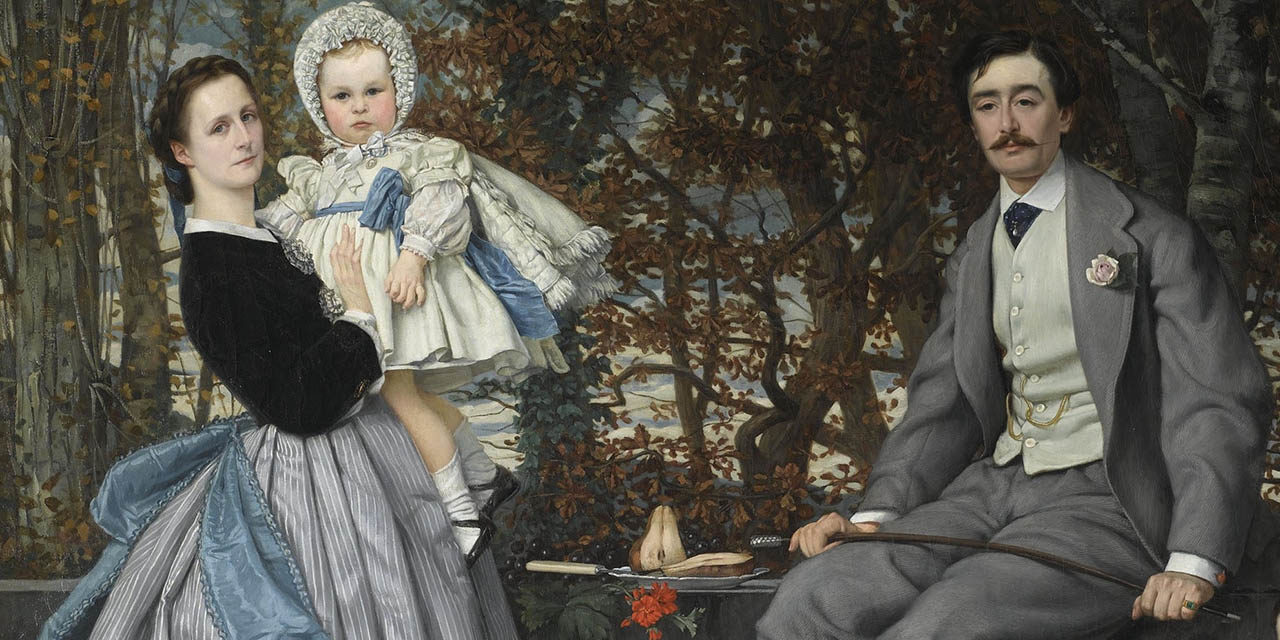1860: A Year That Shaped Modern History

1860 at history, some years stand out as turning points—moments where politics, culture, technology, and society seemed to take giant leaps forward. The year 1860 is one of those defining years. It was a time of change, conflict, and creativity across the globe. From the buildup to the American Civil War to groundbreaking scientific ideas, 1860 was packed with events that influenced the decades to follow. Let’s dive into this fascinating year and see why it still matters today.
The Political Climate of 1860
Politics in 1860 were anything but calm. The world was buzzing with debates about freedom, unity, and national identity. In the United States, the tension between the North and South had reached a boiling point. The issue of slavery divided not only communities but also the political establishment. This was the year Abraham Lincoln, representing the newly-formed Republican Party, was elected President. His victory set off a chain reaction that would soon lead to secession and the Civil War.
Meanwhile, in Europe, Italy was in the middle of the famous unification movement. Giuseppe Garibaldi, a national hero, led the Expedition of the Thousand—an army of volunteers fighting to bring different Italian states together into one unified country. By the end of 1860, large parts of southern Italy had been incorporated into what would eventually become the Kingdom of Italy. For Italians, it was more than just politics; it was the dream of unity finally becoming reality.
Beyond the U.S. and Italy, other nations were also facing turning points. In Britain, debates over industry, empire, and workers’ rights were shaping the Victorian era. In Latin America, countries were still finding their footing after independence movements of the previous decades. The politics of 1860 remind us that the struggle for freedom and identity has always been a global theme.
1860 and the Coming of the American Civil War

No discussion of 1860 would be complete without focusing on the United States. This year was essentially the calm before the storm. Lincoln’s election was historic—he became the first Republican president, and his strong stance against the expansion of slavery terrified the South. To many southerners, Lincoln’s victory signaled that their way of life, built heavily on enslaved labor, was under direct threat.
South Carolina was the first state to act. By December 1860, its leaders voted to secede from the Union. This was not just political theater; it was a bold and dangerous move that set the stage for other states to follow. Within months, the Confederacy would be born, and the bloodiest conflict in American history would begin.
But it wasn’t just about politics. The social atmosphere in 1860 America was charged. Families were divided, newspapers were filled with fiery rhetoric, and ordinary people found themselves caught in debates that would literally decide the future of the nation. The year marks a tragic turning point, but also one that eventually pushed the United States toward redefining liberty and equality.
Scientific and Technological Progress in 1860
While politicians argued and armies marched, science and technology were also moving forward at an incredible pace. 1860 was a big year in chemistry. The famous Karlsruhe Congress, the first-ever international chemistry conference, was held in Germany. Scientists from around the world gathered to discuss atomic theory and chemical notation. It might sound technical, but these debates laid the groundwork for how we understand chemistry today.
In medicine, ideas about germs and disease were slowly gaining ground, even if not yet widely accepted. This period saw researchers challenging old medical practices and trying to improve surgery, sanitation, and patient care. Though progress was slow, the seeds planted in 1860 would eventually save millions of lives in the coming decades.
Technology was also racing ahead. The 1860s were an age of railroads, steamships, and telegraphs. These inventions shrank the world in ways people had never experienced before. A message that once took weeks to deliver by horse could now travel in hours through telegraph wires. People in 1860 were living through a communication revolution, much like we are today with the internet.
Culture and Daily Life in 1860
History isn’t just about wars and science; it’s also about how people lived their everyday lives. In 1860, life looked very different depending on where you lived and who you were. For many Europeans, this was the height of the industrial revolution. Cities were crowded, factories were booming, and new opportunities—and problems—were everywhere. Workers were demanding better rights, while families adapted to the fast-paced rhythm of industrial life.
In America, while the looming war dominated the headlines, ordinary life continued. Farmers worked the land, shopkeepers sold goods, and communities gathered in churches and town halls. But beneath that everyday routine, there was an undercurrent of fear and uncertainty. Would the Union stay together? Would sons and brothers be called to war?
Art and literature were also thriving. Writers like Charles Dickens in England and Victor Hugo in France were producing works that captured the struggles and hopes of society. Photography was becoming more widespread, giving people a way to capture reality in a way that painting could not. For the first time, families could own a photograph of loved ones—a precious keepsake in an era where life could be short and uncertain.
Global Events and Shifting Powers
1860 was not just about Europe and America. Around the world, nations were going through dramatic changes. In China, the Second Opium War was underway, with Western powers exerting control and demanding trade privileges. This conflict weakened China’s Qing Dynasty and marked another step in the long, painful era of foreign influence.
In Japan, 1860 was a year of both turmoil and transition. The country was on the brink of the Meiji Restoration, which would modernize Japan and open it to the world after centuries of isolation. The assassination of Ii Naosuke, a powerful shogunate official, revealed the deep tensions over how Japan should handle foreign influence.
Even in Africa, colonial pressures were starting to mount. While full colonization would peak later in the century, 1860 already saw European powers taking a greater interest in Africa’s resources and trade routes. In short, the year was full of events that showed the world was becoming more interconnected, for better or worse.
Why 1860 Still Matters Today
Looking back, it’s easy to see 1860 as just another date in a history book. But the truth is, it was a year that set the stage for many of the struggles and achievements of the modern world. The American Civil War, sparked by events in 1860, redefined freedom and equality. The unification of Italy proved that dreams of national identity could become reality. Advances in science and technology during that year laid the foundation for modern chemistry, communication, and industry.
Even culturally, the ideas and works of 1860 still resonate today. Literature from that time continues to be studied and loved. The political struggles of the era remind us of the dangers of division and the importance of dialogue. And the scientific debates of the time highlight how progress often begins with disagreement and collaboration.
Conclusion
The year 1860 may feel like a distant past, but its legacy is all around us. It was a year of bold leaders, revolutionary ideas, and deep conflicts. Nations redefined themselves, science marched forward, and ordinary people lived through extraordinary times. Understanding 1860 isn’t just about memorizing dates—it’s about recognizing how the choices made in that year echo into our present.
So next time you hear the number 1860, don’t just think of it as history. Think of it as a turning point, a reminder that change—whether political, social, or scientific—can reshape the world in ways no one could predict at the time.

